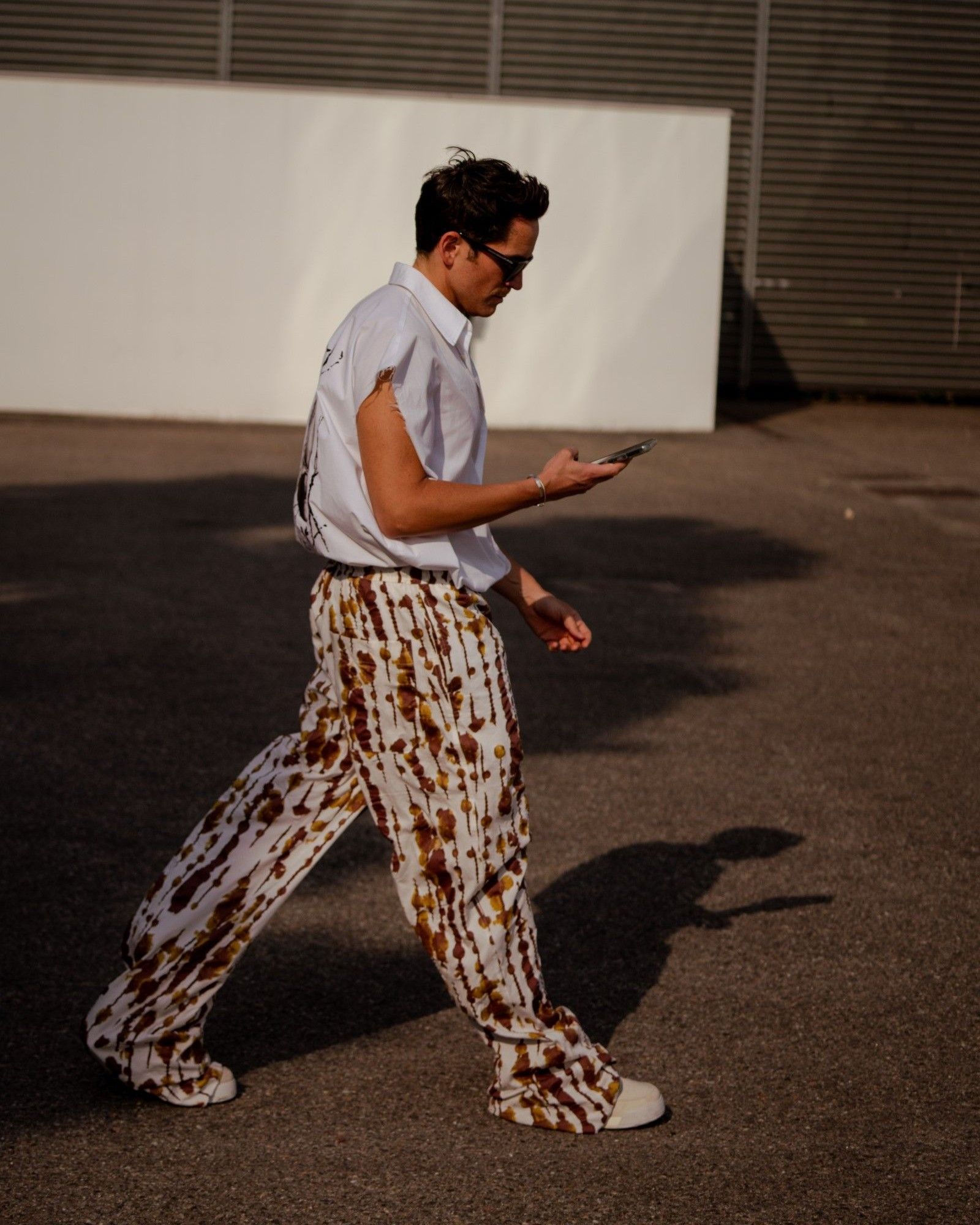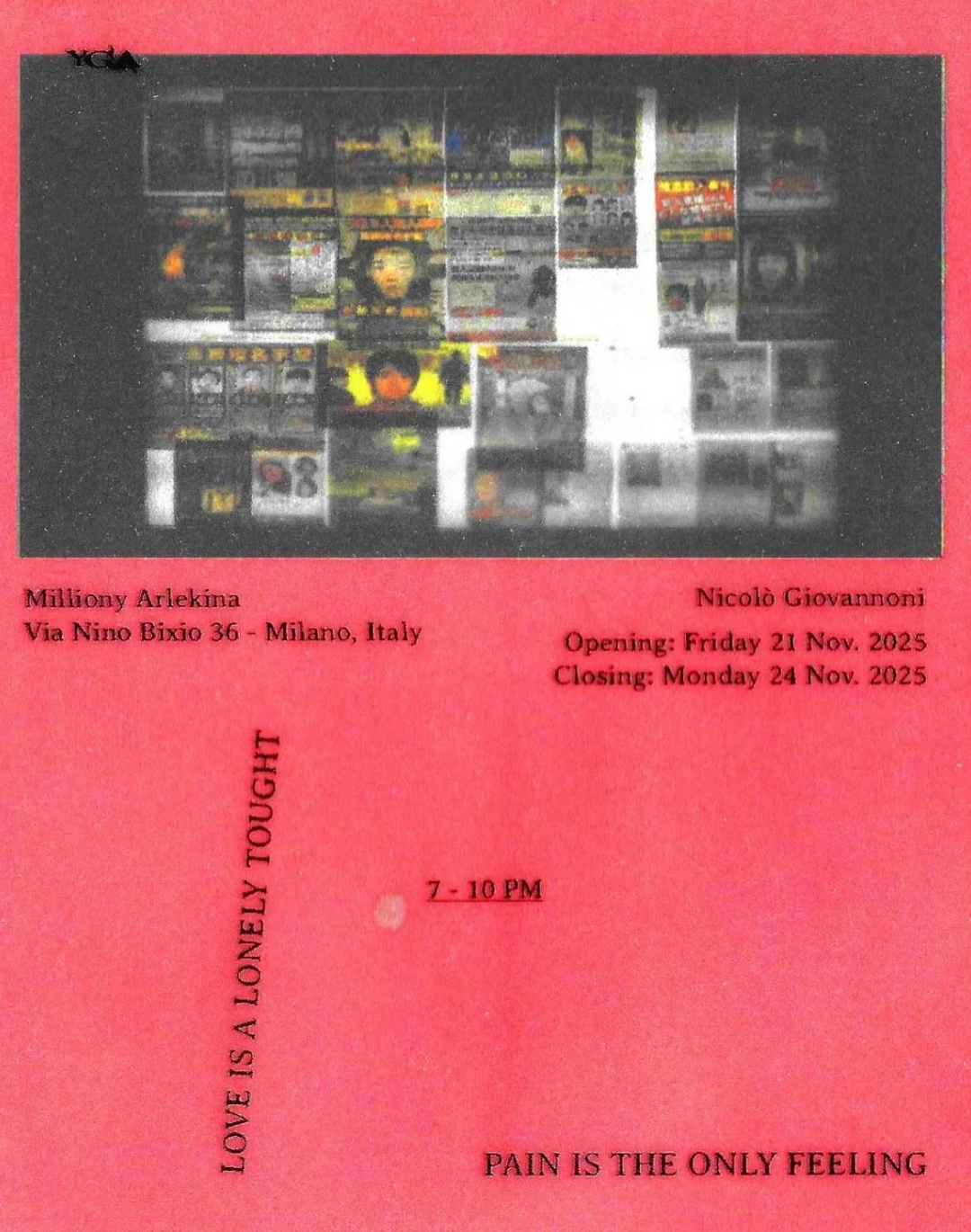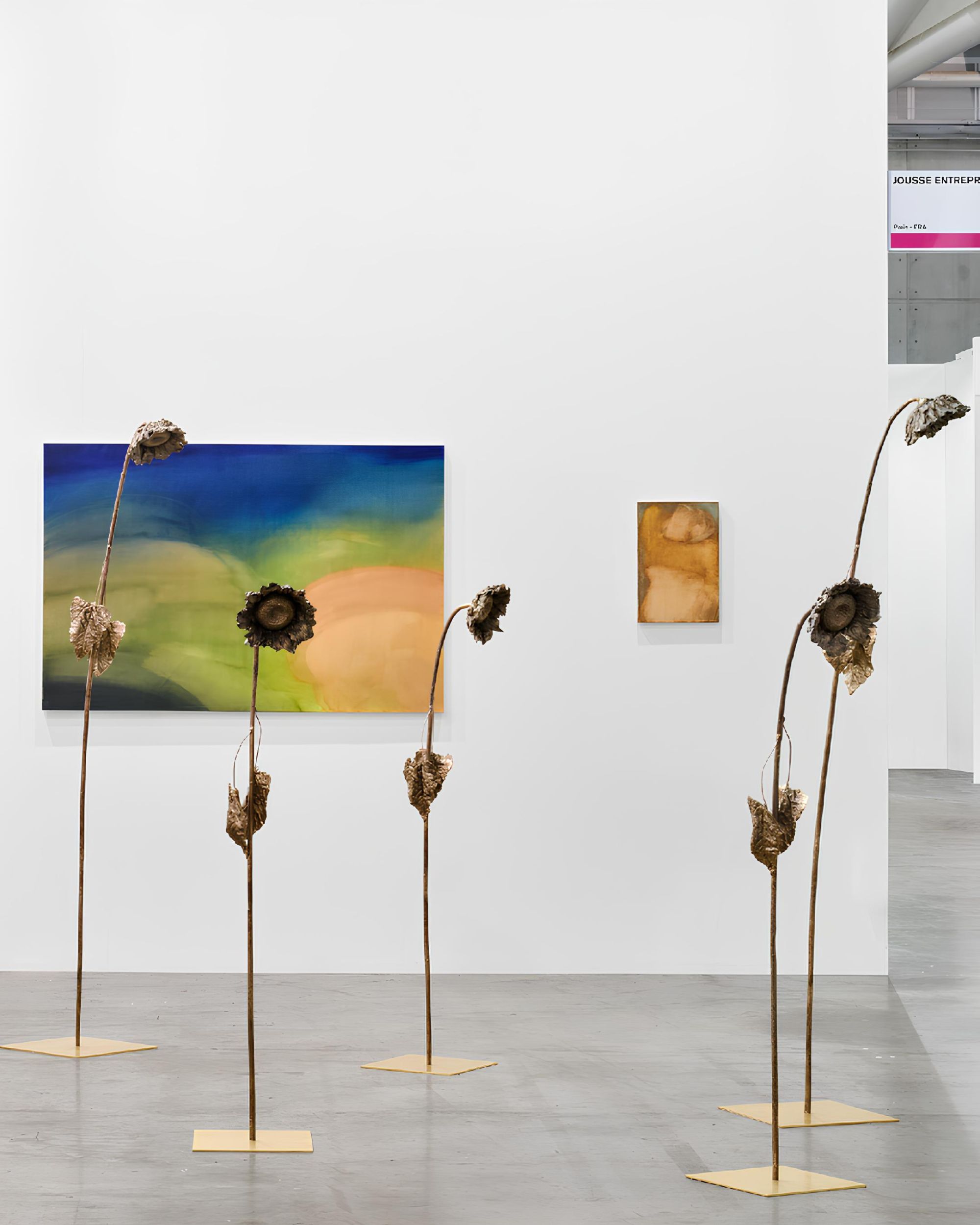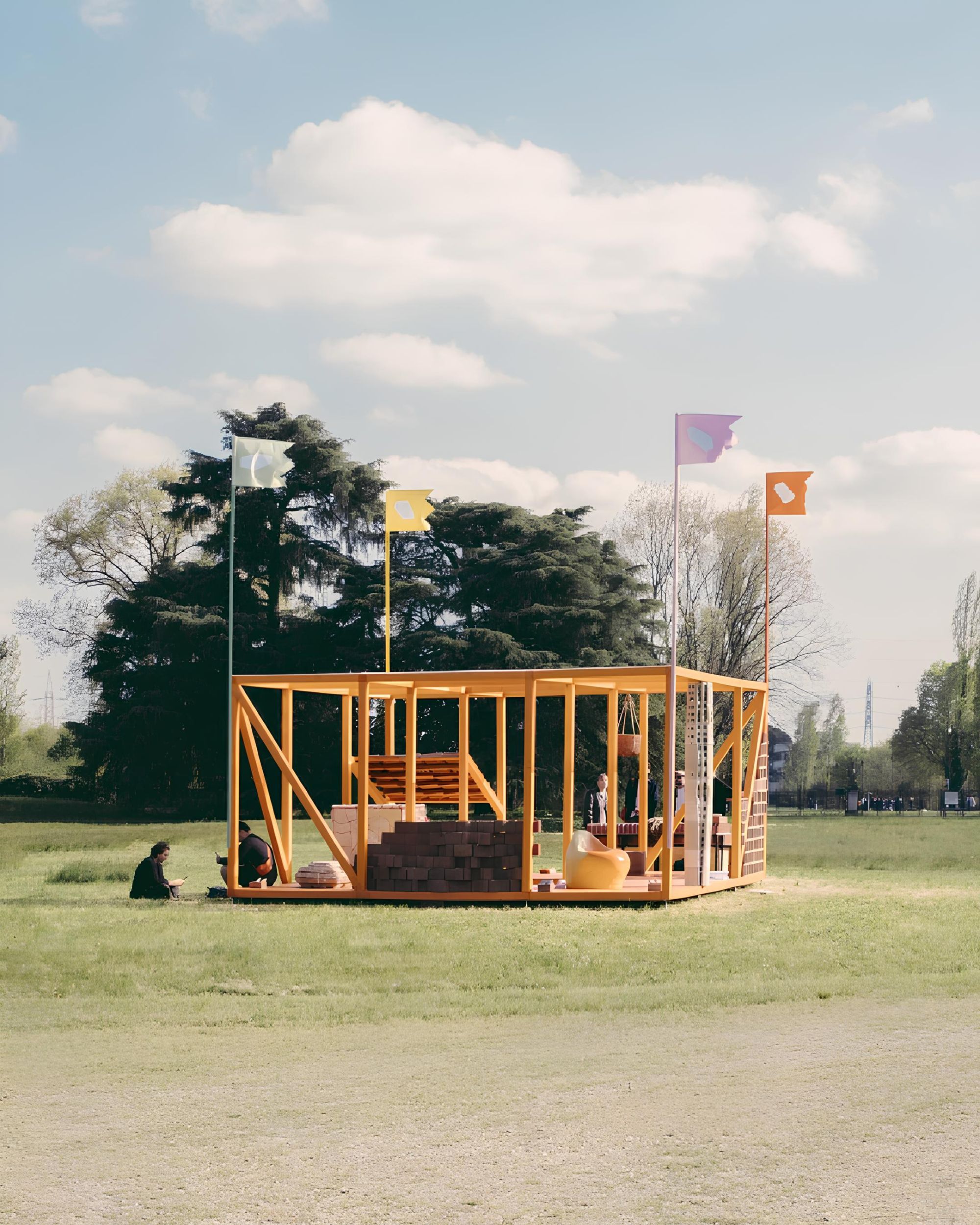
Are Design Week and Biennale too close together this year? Flash Art publisher Cristiano Seganfreddo raised the question.
April will be an extremely hot month for Northern Italy, not so much because temperatures will rise above average, but because the Design Week and the opening of the Venice Art Biennale will take place very close together – too close according to Cristiano Seganfreddo, publisher of Flash Art and patron of Politi Seganfreddo Edizioni, who yesterday pointed out how two such crucial events involving professionals from two areas will almost overlap. But let's explain it better: the next Milan Design Week 2024 will take place in the week from April 15th to 21st; instead, the Art Biennale will open on Saturday the 20th, but the crux of the problem is that the days of pre-opening dedicated to the press and various insiders, who rightly need to see everything before the public, fall right in the middle of Milan Design Week. To split hairs even further, Vinitaly will also take place on the same days as the pre-opening of the Art Biennale and Design Week, from April 14th to 17th, creating further overlaps in weeks that are not simply characterized by various sector exhibitions/fairs but are overloaded due to the urgency of brand presence even for those less related to interior design strictly speaking.
The publisher's consideration is absolutely correct. Especially now that the world of art, design, and that creative and industrial apparatus we label as "Made in Italy" is seeking further valorization and legitimacy at a time that appears to be one of profound moral, intellectual, and cultural decline of society as a whole. What Seganfreddo defines as "anarchy or institutional unawareness" is the disturbing feeling that this mess of dates was not just an ill-considered idea or a mistake, but the result of complete shortsightedness, a sign that the organizers did not consider the issue, a tragic lack of foresight. One possible objection to this reasoning, at least regarding Design Week and the Biennale, is that interested visitors may, this year, end up attending one event and then go to the concurrent one in a single trip – perhaps more convenient for those coming from abroad who would otherwise have to book two different flights a month apart to attend both. From the perspective of the general public, indeed, the overlap doesn't really matter since the Venice Biennale remains open until November 24th, so it can be visited at one's leisure – but Seganfreddo's reasoning was not so much about the convenience of tourists as about the standing of the two events.
david lynch, the iconic filmmaker, will present an interior installation 'the thinking room' at salone del mobile.milano 2024 https://t.co/CEXOlji7IV @isaloniofficial pic.twitter.com/EmL5LqoEwd
— designboom (@designboom) February 13, 2024
The most important point raised by Seganfreddo, in fact, concerns the perception and cultural autonomy of the two events or, in his words, their "hegemony" which is mutually undermined by the overlap in timing. The idea here is that the two occasions are a strong source of pride for their respective cities and for the esteem in which they hold Italy as a whole. Deciding (or, in case the various entities really haven't talked to each other, letting it happen) that they should coexist in the same week means not making them individual "flagship" events but creating a mess where the events will inevitably end up competing and, in some cases, even blending together. A bit like what happens in the fashion field with the ambiguous mix of Pitti Immagine and Milan Fashion Week and with the famous issue of the last "digital" day of Milan Fashion Week which technically exists but is actually a sort of truce where industry professionals travel between Milan and Paris. The problem with Design Week and the Biennale, however, is that their scale and weight go far beyond the relatively narrow scope of luxury fashion and involve a much larger number of visitors and companies – why compromise their importance for trivial calendar issues?















































